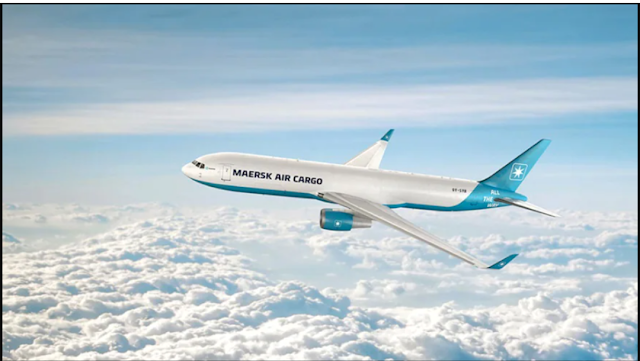Transport And Logistics Challenges
Transport
and logistics are the backbone of the global economy, and businesses rely on
these systems to transport goods and raw materials across the world. However,
there are many challenges associated with transport and logistics that can
impact the efficiency, cost, and speed of these systems. In this blog, we’ll
explore some of the key challenges facing the transport and logistics industry
and discuss how businesses can navigate these challenges.
- Congestion: One of the biggest
challenges facing the transport
and logistics industry is congestion. As cities and urban areas
continue to grow, roads and highways become more congested, which can
cause delays in transportation and increase the cost of transportation.
- Infrastructure: Another challenge is the
state of the infrastructure. Infrastructure is the physical facilities
that support transportation, such as roads, bridges, railways, ports, and
airports. In many parts of the world, infrastructure is outdated,
underfunded, and in need of repair or replacement, which can lead to
further delays and increased costs.
- Security: Security is a growing
concern for the transport and logistics industry, particularly with the
rise of cyber threats and terrorist attacks. Businesses must implement
security measures to protect their goods and ensure the safety of their
workers.
- Fuel
Costs: Fuel costs are a major
expense for the transport and logistics industry. The cost of fuel can
vary greatly and is affected by factors such as global oil prices,
government policies, and environmental regulations.
- Labor
Costs: The cost of labor is also a
significant expense for the transport and logistics industry. Businesses
must pay their workers a fair wage while also ensuring that they have the
necessary training and certifications to perform their jobs.
- Technology
Advances: Technology is changing the transport
and logistics industry and this brings new opportunities and new
challenges. Businesses must invest in new technology to stay competitive
while they must also ensure that their employees have the necessary skills
to use this technology effectively.
- Globalization: Globalization has led to an
increase in international trade, but it has also created new challenges
for the transport and logistics industry. Businesses must navigate complex
regulations and trade agreements, as well as cultural differences and
language barriers.
- Sustainability: Sustainability is a growing
concern for the transport and logistics industry. Businesses must find
ways to reduce their environmental impact and adopt sustainable practices
to meet the demands of customers and government regulations.
- Last-Mile
Delivery: Last-mile delivery refers
to the final leg of the delivery process, from the transportation hub to
the final destination. This is often the most expensive and time-consuming
part of the process, and businesses must find ways to optimize last-mile
delivery to reduce costs and improve customer satisfaction.
- Inventory
Management: Effective inventory
management is critical for the transport and logistics industry.
Businesses must balance the cost of storing inventory with the need to
maintain adequate stock levels to meet customer demand.
In
conclusion, the transport and logistics industry faces a range of challenges that
impact its efficiency, cost, and speed. Congestion, infrastructure, security,
fuel costs, labor costs, technology, globalization, sustainability, last-mile
delivery, and inventory management are all challenges that businesses must
navigate to succeed in this industry. By adopting innovative solutions,
investing in new technology, and adapting to changing market conditions,
businesses can overcome these challenges and thrive in the dynamic and
constantly evolving world of transport and logistics.


.jpg)
Comments
Post a Comment